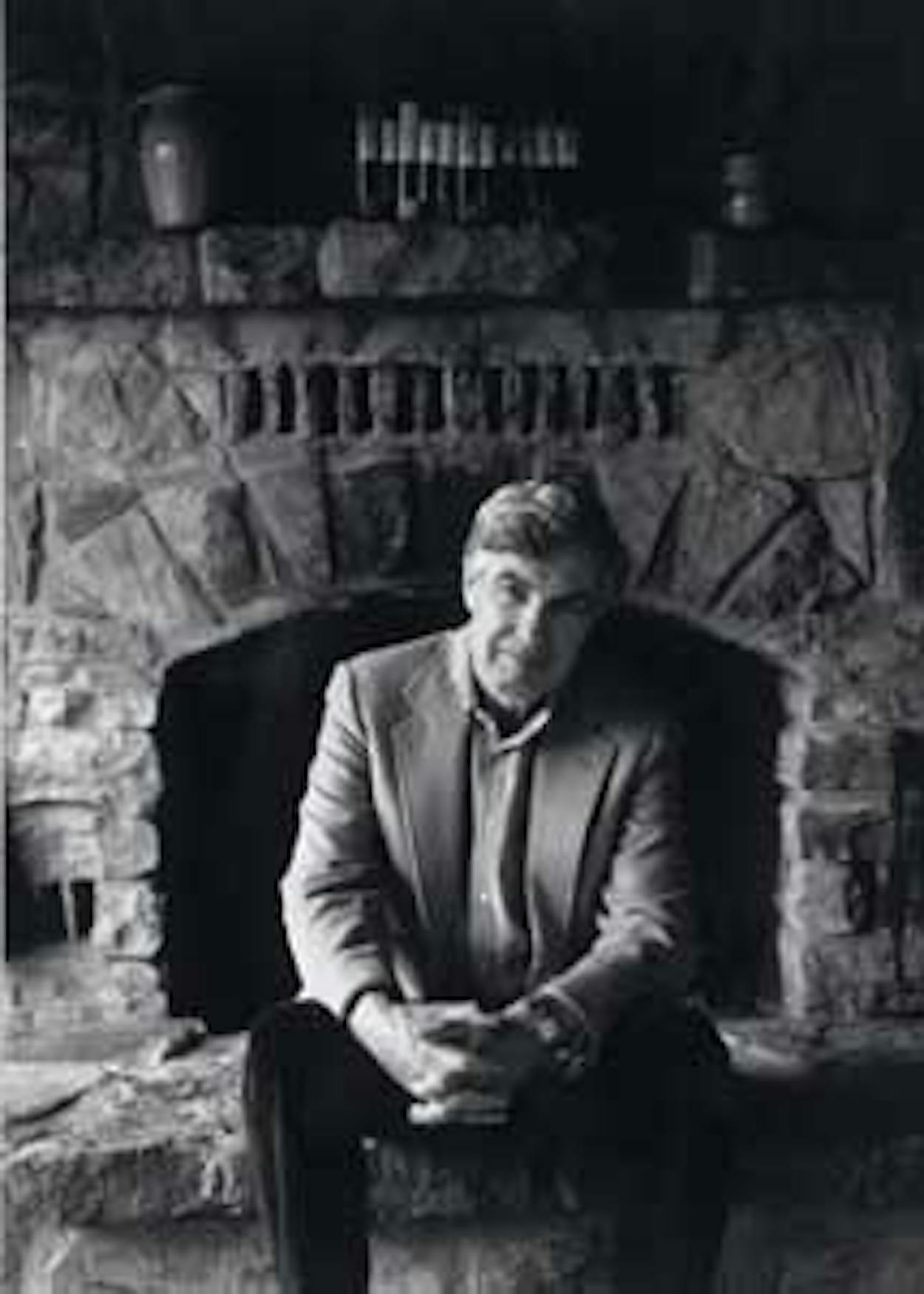The Massachusetts-born journalist has never been afraid to rankle the establishment: In 1971 he obtained the infamous Pentagon Papers from Daniel Ellsberg, which uncovered the government’s secret history of the war in Vietnam, and his 1988 Vietnam exposé, A Bright Shining Lie, earned him a National Book Award and a Pulitzer Prize. His new book, A Fiery Peace in a Cold War, focuses on four-star Air Force general Bernard Schriever and his pivotal role as the primary architect of America’s arms strategy during the post—World War II standoff with the Soviet Union. The author and his wife, Pulitzer Prize—winning journalist Susan Sheehan, live in Washington, D.C. Read an Excerpt.
Bernard Schriever was born in 1910 in Germany but grew up in San Antonio. What was the city like in the twenties and thirties? San Antonio was a city of roughly 160,000—a pleasant place. Above all, it was a military town in those years. The U.S. Army Corps’ center for advanced pilot training was at Kelly Field, on the edge of the city. For young San Antonians with a sense of adventure, flying school was a natural magnet. Bennie Schriever entered as a cadet in July 1932 and a year later was awarded his wings and the gold shoulder bars of a second lieutenant.
Describe Schriever’s uniquely influential role in the Cold War arms race. He understood that if the Soviet Union acquired intercontinental ballistic missiles in large numbers before the United States had its own ICBMs, the credibility of America’s principal deterrent, the nuclear-armed bombers of the Strategic Air Command, would be cast into doubt. He was also a technological visionary and the first to understand, in 1953, that the technology existed to make building an ICBM feasible. He displayed the stamina and moral courage to see his vision through to reality, and the result was a nuclear stalemate that preserved the peace, avoiding the calamity of a nuclear war until the Soviet Union could implode of its own internal contradictions.
How did Schriever and his contemporaries view their Cold War strategy? What do you think they’d do differently given the chance? Schriever and those who labored with him believed that achieving a nuclear stalemate, known as Mutual Assured Destruction, or MAD, was the correct strategy, and events have vindicated them. There was nothing “mad” about the strategy. Schriever was fond of saying that the ICBM was the first weapon in the history of mankind built not to be used, never to be launched in anger but rather preserved as a deterrent to war. They had the wisdom to understand they were right.
What convinced you that Schriever was central to the story of the Cold War? The Cold War has usually been recounted in histories that are diffuse and lack the narrative power and human drama needed to convey what it was really like. When I encountered Schriever in the course of my research, I realized I had found a figure who personified that drama and through whose story I could tell, in a human way that readers could identify with and understand, the larger story of that great and perilous confrontation.
You’ve been at the journalism game for a while. Is there a period of your career you’d single out as especially satisfying? My career has left me with nothing to complain about. I also had the good fortune to marry my Susan, a reporter and writer in her own right, without whose help and love I would not have accomplished nearly as much. Three years as a war correspondent in Vietnam, then a reporter in the Washington bureau of the New York Times during the turbulent years at the end of the sixties and the beginning of the seventies, obtaining the Pentagon Papers for the Times in 1971, publishing A Bright Shining Lie in 1988—all of it has been an adventure. Random House, $35







